Practice Good Public Stewardship of Public Lands
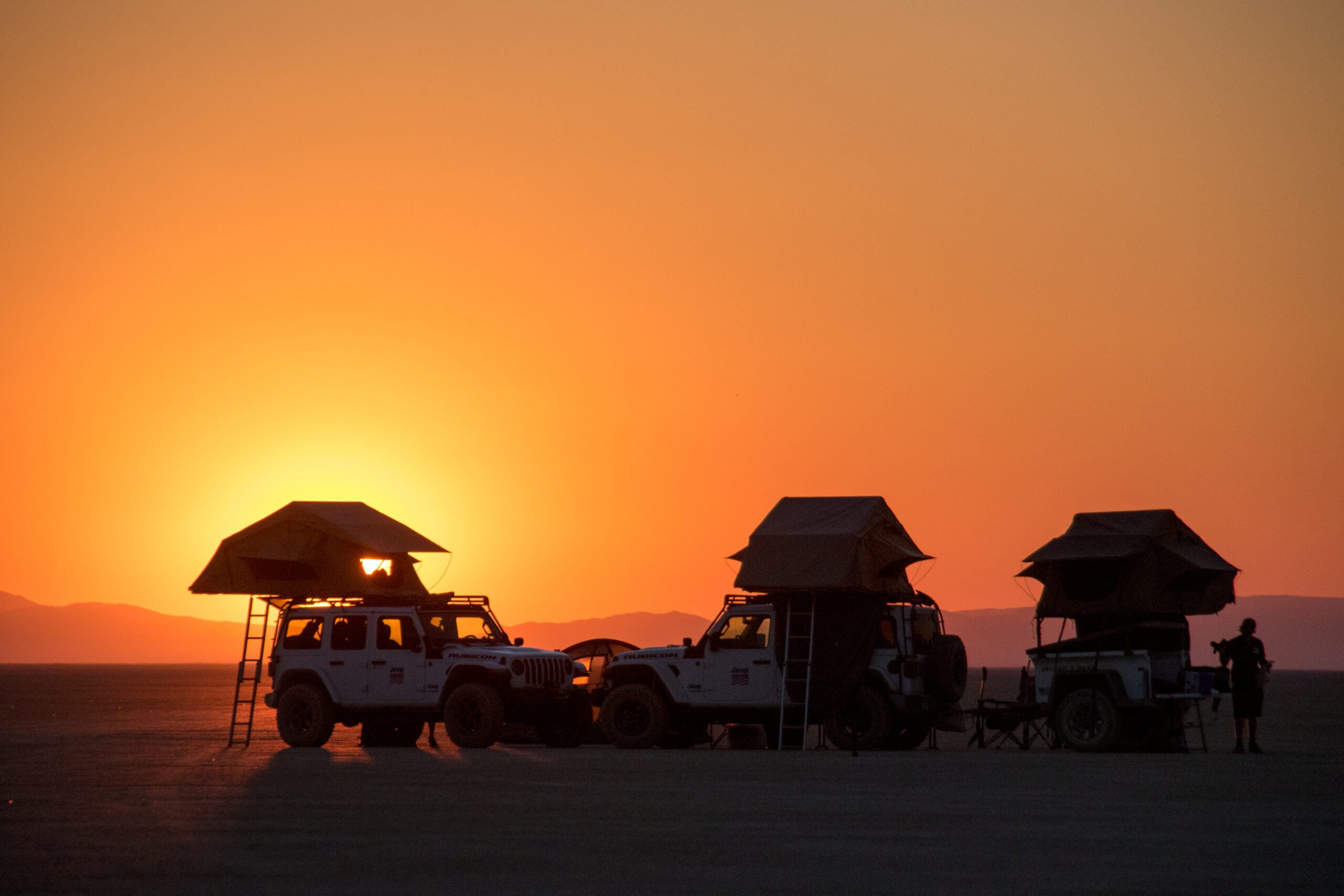
Backcountry Conservation
For those of us who reside on the West Coast, we’ve been blessed with access to thousands of miles of backcountry two-tracks through some of America’s most unspoiled deserts, mountains, and grasslands. Open a map (remember those analogue paper maps?) from U.S. Forest Service (USFS) or Bureau of Land Management (BLM), or open the Gaia GPS app and we find an expansive web of trails beckoning us to adventures of discovery. Many westerners take this for granted, assuming that it has and will always be this way. But this is not the case, my friends. We must practice good steward ship in the backcountry.
The reality is that those of us who like to play in the dirt are at war. An ongoing political campaign against those who hold a disdain for our form of recreation. They hide behind terms like “environmental group” and their ideological future has no place for OHV users. From here on, the other guys will be known as the Anti-Access Crowd.
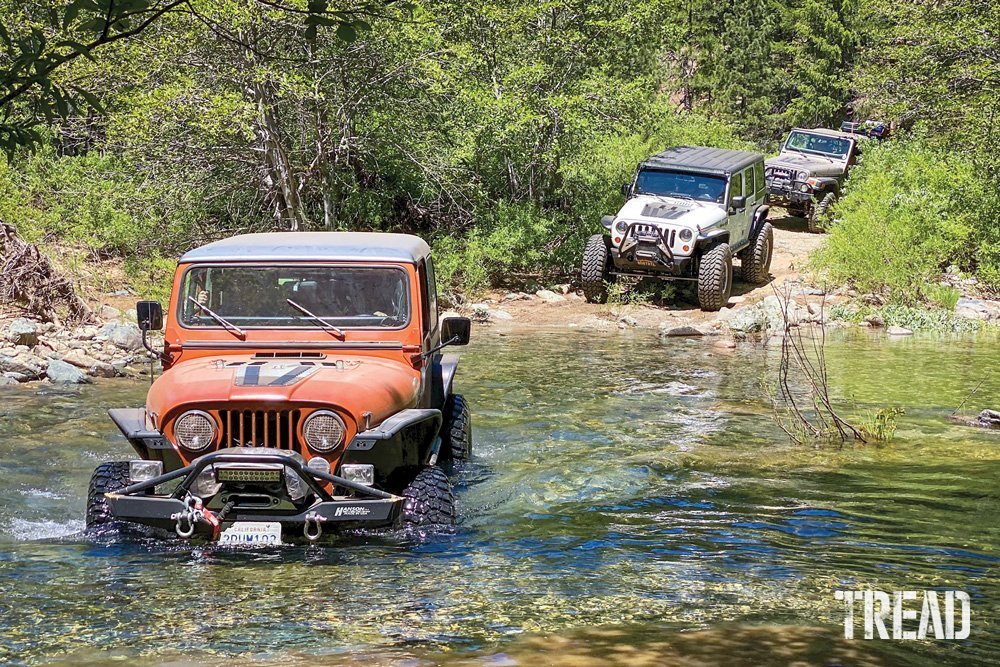
You should only ford rivers and creeks at established crossings.
I’ll preface this monologue with the fact that I consider myself an environmentalist. Now before you write me off as a wheat-grass-chewing whack job with an Earth First calendar in my office, hear me out. Much of my life has been spent in the backcountry hiking, skiing, kayaking, and camping, but I’ve been playing with dirt bikes and four-wheel drives since I was a kid. I’ve also been active in my 4WD club, worked on conservation projects and grant proposals, and served on the board of directors for the Outdoor Writers Association.
Green? Environmentalist? Damn straight! Like you, I’m in the backcountry all the time and not only want to preserve it, but more importantly maintain our ability to access it. To do this, we need to be responsible and proactive backcountry stewards.
Below, we’ve gathered a wealth of information on the dos and don’ts of dispersed camping … sans a campground. The following minutiae may not provide inspirational fodder for planning your next great adventure. It is more of a track line on a topo map, a recipe to ensure you will be able to share those adventures with your kids or grandkids.
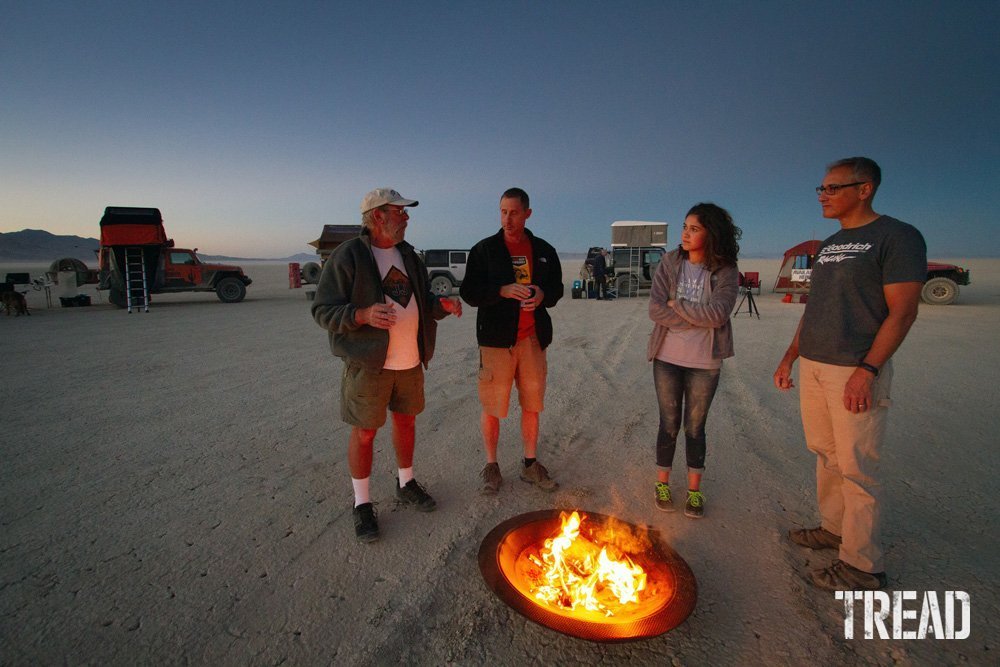
Using a fire pan is a great way to leave no trace when camped in environmentally sensitive areas
Conservation Trail Protocol
This should go without saying, but stay on the dang trail. There are few places in the U.S. designated “open travel” for motorized vehicles, and most of these are in dune areas or dry lakebeds. Otherwise, it is vitally important that we travel only on designated routes. Yes, I sound like your dad, but remember that perception is everything, and we are in a war of perception.
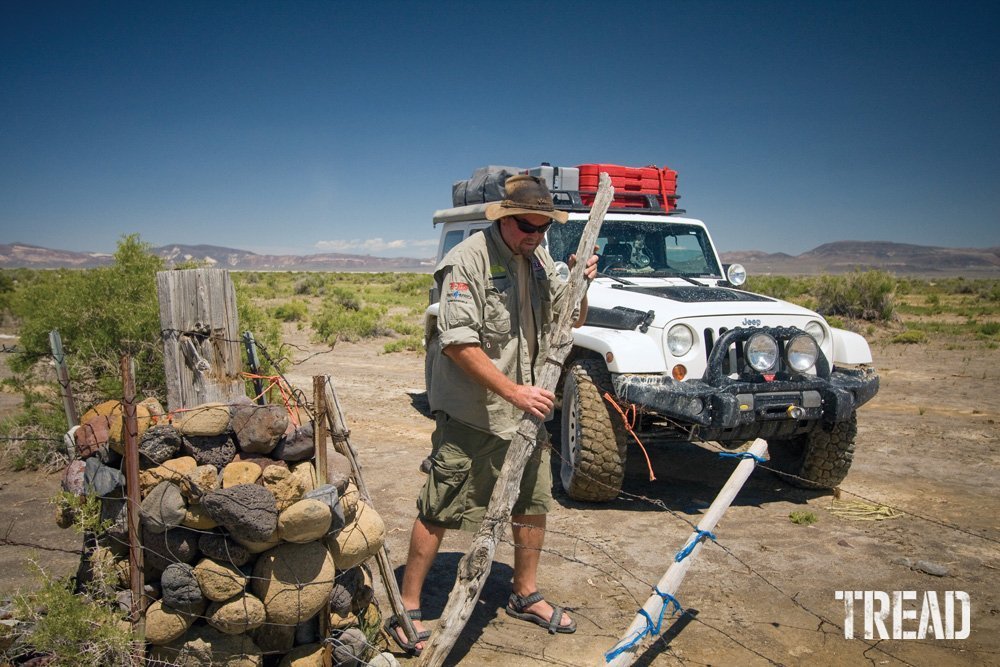
Remember to close livestock gates after you pass.
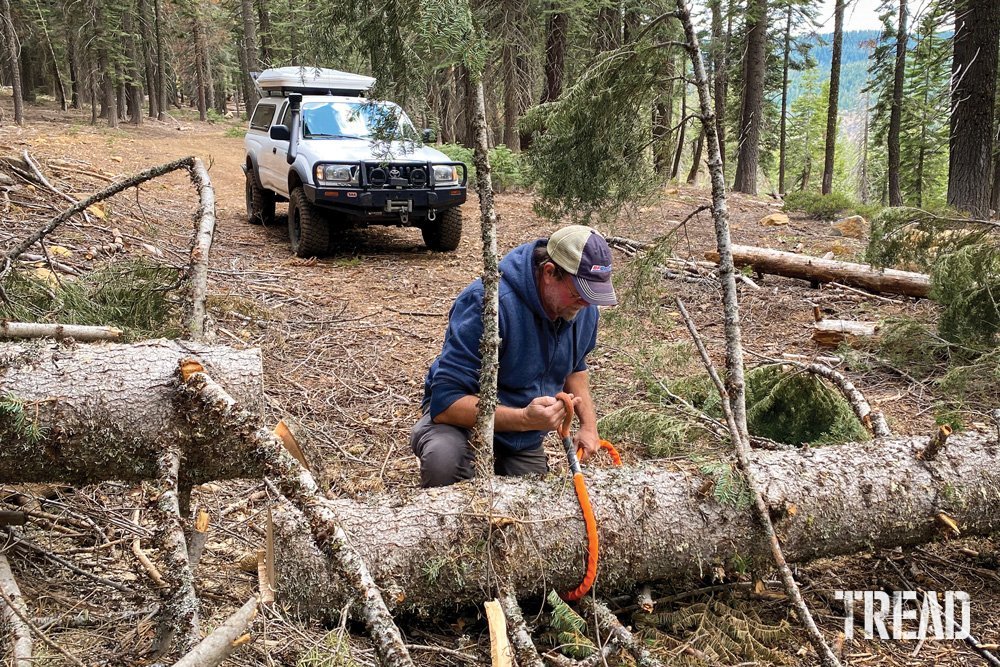
Rather than pioneering a new track around a downed tree, take the time to remove it from the trail.
Case in point: Back in the ’80s, the Anti-Access Crowd was lobbying to double the amount of designated “wilderness” in California (read: zero mechanized travel). The OHV community had worked with the government to retain the Beebe Lake Trail as a cherry stem, a narrow vehicle corridor between two wilderness areas—the perfect balance of OHV and non-OHV recreation. Unfortunately, some knucklehead decided to do donuts in the meadow and the Anti-Access Crowd was there to document the damage. The resulting photographs became supporting evidence in their argument that OHV users could not be trusted to use the area responsibly. Game over, and Beebe Lake was forever closed.
Basic Etiquette for Off-Road Driving
- Passing: Yield for oncoming traffic where the trail is wide enough for two vehicles to pass.
- Water Crossings: Only ford on the designated route, and do not drive up or down a river.
- Valdez Factor: Oil and grease keep our drivetrains and axles happy, but they wreak havoc when released on the trail. Regular maintenance is not only good for your rig, it is good for the environment.
- Driver Finesse: A skilled driver understands proper tire pressure, can select the best line, knows when to engage a locker, and the precise moment to give the skinny pedal a little bump. He/she will have fewer mechanical problems, passengers will have a better experience, and impact on the trail will be minimized.
- Obey posted signs, avoid environmentally sensitive areas, and close livestock gates behind you.
- Downed Trees: Cut or winch downed trees off the trail rather than pioneering a new route around.
- Respect wildlife: we are their guests.
- Share the Trail: When approaching hikers, mountain bikers, equestrians, or anyone, slow down or stop, let the dust settle, and let them pass. Being polite conveys respect and, again, perception is 50 percent of the battle, so don’t be a knucklehead.
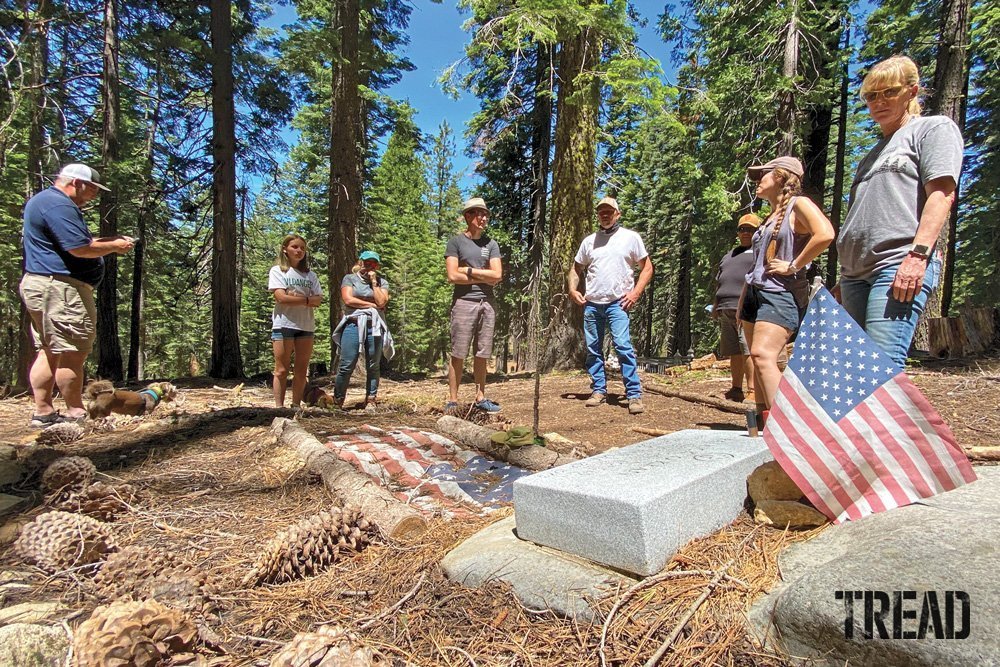
Historic and archaeological sites should be enjoyed but not disturbed.
Basecamp Basics for the Backcountry
Our family spent most weekends and vacations camping in the Sierra Nevada, deserts of Southern California, and beaches of Baja, Mexico. Access was plentiful, there were few people, and we could camp anywhere we liked. The masses have “discovered” the joys of backcountry adventure, and with the added pressure on a finite resource we must all do our part to minimize the impact. Tread lightly.
- If there is an existing site available, use it.
- Leave the site cleaner than when you arrived.
- Set camp away from wetlands, lake shores, and cryptobiotic soil.
- Pack it In, Pack it Out: You know the drill … your mom is not there to pick up after you.
- Respect Thy Neighbor: You may love blasting Metallica at 120 dB, but I guarantee your camp neighbors do not. Keep it low and shut it down after 10 p.m. Think about it. Do you want Liberace pounding your ear drums in the middle of the night?
Unfortunately, some knucklehead decided to do donuts in the meadow and the Anti-Access Crowd was there to document the damage.
The Campfire in the Backcountry
- If there is an existing firepit available, use it.
- Collect only dead and downed wood, and never cut live trees.
- Incorporate an earthen or rock perimeter or use a fire pan. Clear a 10-foot area of vegetation and have water and a shovel available. Make sure it is dead out before you go to bed or leave. Extinguish with water from a creek, lake, or your ice chest, and stir it up until cold to the hand. Avoid smothering with dirt, as this will leave a mess for the next camper.
- Get a USFS fire permit and check fire restrictions ahead of time.
- Travel on designated routes and only pass where the trail is wide enough for two vehicles.
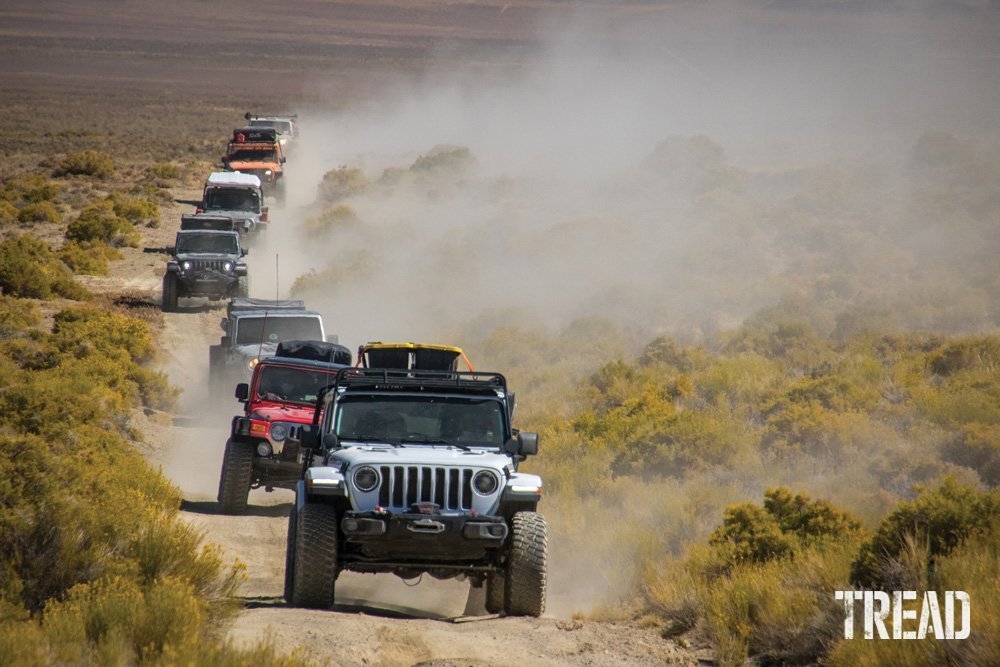
Lowdown on Scrub Downs in the Backcountry
Some folks may be put off by this, but the days of grabbing a bar of soap and scrubbing down in the lake are a thing of the past. I’ve heard people say, “but this is biodegradable” and “everyone does it.” As a kid backpacking in the Sierras with my dad, we did it, too. But that was before someone educated us on the affect soap had on the rainbow trout we were catching. If you read the instructions on any biodegradable soap it will state “use at least 200 feet from a natural water source.” Bummer, I know, but it is the right thing to do and is supported (and enforced) by the USFS, BLM, and other land-use agencies.
- Wash up at least 200 feet from a water source
- Use only biodegradable soap
- Dig an 8-inch-deep hole to dispose of gray water
Proper Pooping in the Woods
It drives me nuts when I hike away from camp to find a secluded spot for a “number 2” and I’m greeted by piles of poop crowned with smudged white flowers. It is unsightly, smelly, and unsanitary. Many areas, such as Spider Lake on the Rubicon Trail, have been permanently closed due to seas of white flowers and feces left behind by weekend warriors. Listen up! Acceptable sanitation, or lack thereof (think Clean Water Act of 1972), is leveraged on a daily basis by the Anti-Access Crowd to close public lands. Adhering to the below will help save your favorite trails and you’ll be doing your part towards backcountry conservation.
- The Cat Hole: Dig a hole at least 8 inches deep and do your thing. Backfill and pile rocks on it when done (animals love to dig up smelly things).
- Poopy Paper: Bring it back to camp, toss it in the fire, or pack it out with your trash. I carry a lighter, and carefully torch it on the spot. Again, make sure it is dead out before backfilling.
- Proximity: You wouldn’t drink from a septic tank or poop in your bathtub, right? Make sure to do your business at least 200 feet from creeks, lakes, water source, or primary drainage.
- Pack it Out: The term takes on an entirely new dimension when interpreted to the letter. Yuck, right? I’ve had many times, such as when crossing Antarctica or during rafting trips, when packing out everything has been mandated. While a cat hole is often acceptable, utilizing a potty system is a great idea.
- Potty Systems: Today there are dozens of compact portable toilet systems. We use a Vidalido shower tent, Stansport bucket-style toilet, and Cleanwaste containment system. Have a seat, do your thing, and zip the bag shut. The enclosed powder reduces content to a gel and your new bag of poo can safely (and legally) be disposed of in a dumpster.

Backcountry Conservation Beginnings
I’ll close this with an admission of guilt. There were times in my younger days when I was “that guy,” a mindless knucklehead. But in the early ’80s my buddy Rich Currie and I joined the Sierra Treasure Hunters 4WD Club, whose motto is Our Lands–Use Without Abuse. We were the new kids who drank too much, stayed up too late, and played our music too loud. The club’s old timers were semi-tolerant of our wayward ways, slapping us around when we stepped out of line, and educating us on how to become responsible stewards of our country’s splendid backcountry. If they were able to fix the two of us, I believe there is hope for the future. Public lands are our lands, let’s take care of them.
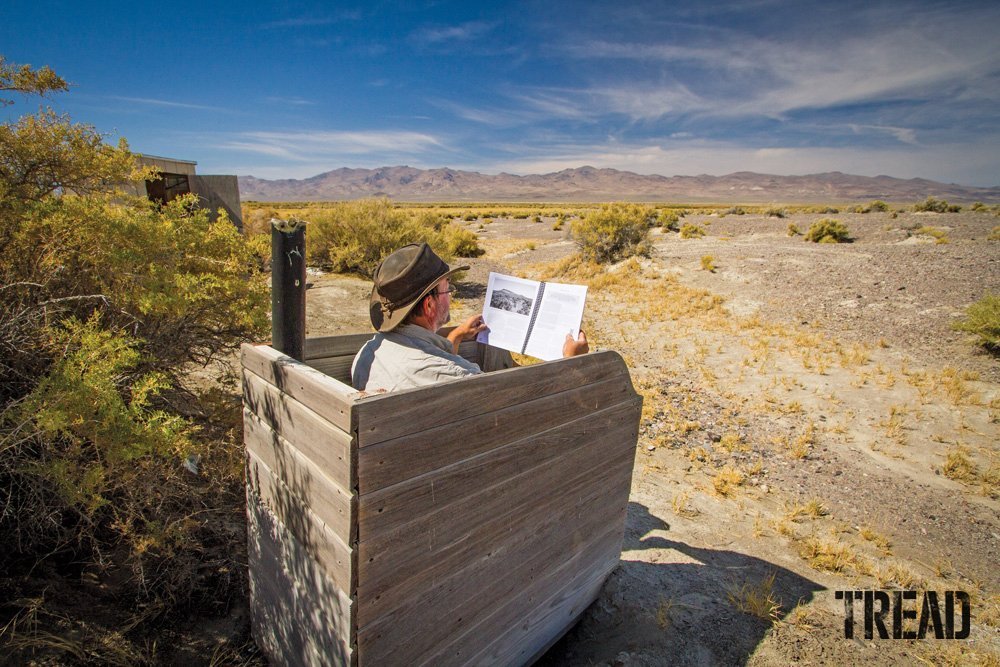
If there is a loo (especially with a view), it should be your first choice for a potty stop


